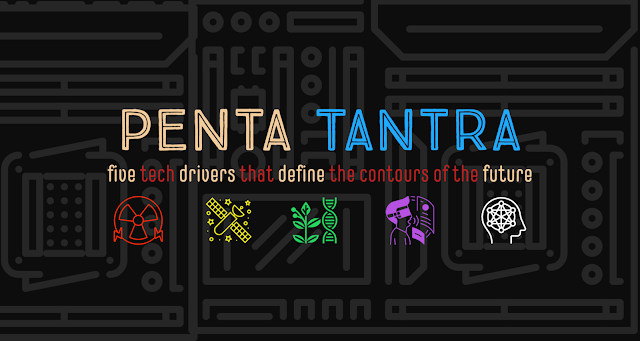Storing Horoscope Charts as High Dimensional Data Documents in MongoDB

Introduction Astrology is based on the analysis and detection of correlated patterns. Causation and correlation are two different ways of studying related phenomena. Switching on an oven is the obvious cause for a cake to be baked but the consumption of flour, sugar, eggs, butter and electricity in the kitchen is strongly correlated to the appearance of a cake. These six events are part of a pattern and the presence of the first five will be correlated to or lead to a prediction of the presence of the sixth. Viewed from this perspective of pure correlation, astrology is no different from data science where a pattern of data - in this case the positions of planets at birth – is used to calculate the possibility of certain outcomes. The astronomical observations that were made with the naked eye and recorded in a vast database by Tycho Brahe and his sister Sophia were the basis for the formulation of Kepler's Laws of Planetary motion, that in turn led to Newton's laws of gravi...

